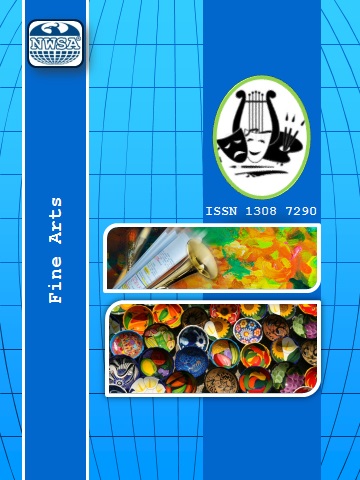SUZUKİ'S "MOTHER TONGUE METHOD" AND THE GYPSIES LIVING IN THE THRACE REGION OF TURKEY
ULAŞ ÖZER1
,
Gönenç Hongur2
Talent education is a philosophy and method of music education developed by Shinichi Suzuki (1898-1998), the Japanese violinist and teacher, in the second half of the 20th century. Having been embraced with great respect by music education experts around the world since the late 1970s and the early 1980s, the method spread rapidly first in the Pacific countries, then in Europe, and in many African countries. Even though it was originally developed for violin education, talent education has been adapted to many other instruments as well as to education of mathematics, literature, and painting. The close resemblance between the talent education and the music learning process in Gypsy life is striking. Revealing the similarities between the Gypsies natural music learning process and Suzukis Talent Education through the method of document review, this paper aims to discuss the two characteristics, namely sociality and learnability, of the notion of talent that are overlooked consciously or unconsciously, thereby propounding that the two have substantial resemblances in the context of their learning processes.
Keywords
Music Education,
Suzuki,
Gypsies,
Mother Tongue Method,
Talent Education,
 +90(535) 849 84 68
+90(535) 849 84 68 nwsa.akademi@hotmail.com
nwsa.akademi@hotmail.com Fırat Akademi Samsun-Türkiye
Fırat Akademi Samsun-Türkiye
